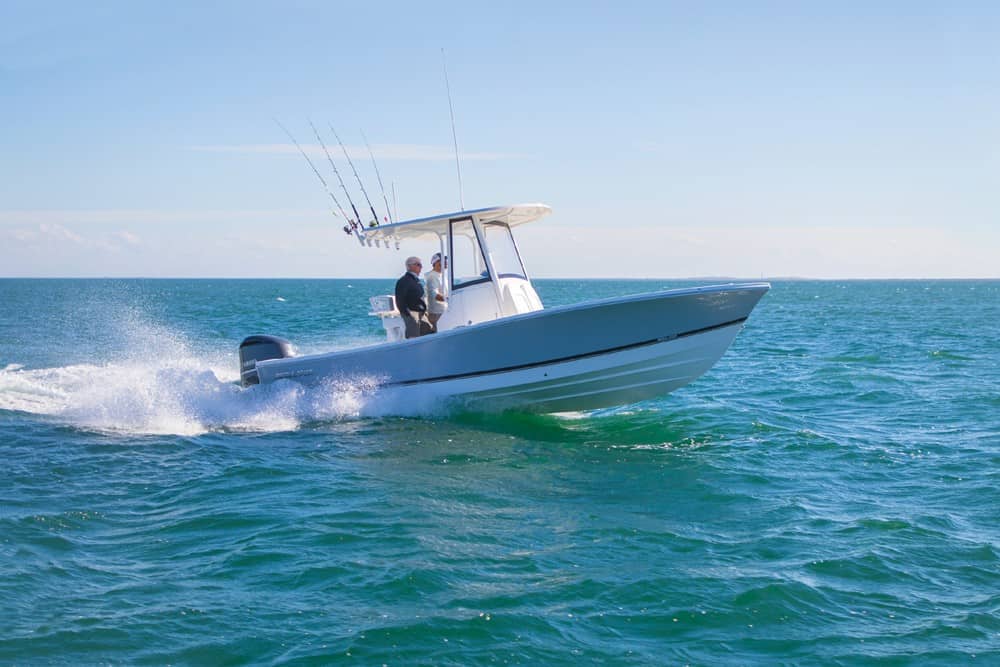
Pin down the details and then shake hands.
No matter how large the transaction, whether it’s ten thousand or a million dollars, it’s critical to define what’s expected of the buyer and seller in order to avoid ambiguity and trouble.
The essential elements of a recreational boat purchase should always be carefully defined in a formal, written Purchase and Sale agreement (P&S), which must include the terms and conditions of the transaction in as much detail as possible to eliminate confusion or conflicting interpretations of the intent and obligations of the parties.
The written agreement should include:
- Accurate legal names of the buyer and seller having the legal authority to buy or sell.
- If either is a business entity, it must identify the legal authority for that entity to buy or sell.
- The buyer’s and seller’s signatures and dates in the appropriate locations on the P&S.
- Accurate and legal description of the vessel including the vessel name, hull identification number (HIN), federal documentation number, state registration number, and copies of documents used to define the vessel for the buyer to review.
- The purchase price, amount of deposit/escrow, and where and by whom the deposit will be held in a dedicated deposit escrow account.

- Detailed terms and conditions of the transaction including who is responsible for what and who pays for what, such as who prepares the vessel for survey and what costs are the responsibility of the buyer and seller in making the vessel ready for survey and trial run.
- The disposition of funds held in deposit/escrow accounts.
- When and how the closing
- will occur.
- A boilerplate “Time is of the Essence Clause” to establish that all dates are absolute and must be met unless extensions are requested and granted, which must be agreed to by both parties in writing via an addendum to the original P&S.
- Details of buyer’s due diligence rights, survey, trial run, finance, insurance contingencies, etc.
- A clear definition of the buyer’s acceptance or rejection process, terms and conditions of the vessel, and the disposition of deposit funds if the vessel is rejected.
- A definition of what constitutes default of the P&S by buyer or seller and the remedies in that situation.
- A definition of dispute resolution whether mediation or arbitration in the event that either buyer or seller defaults or if a dispute arises during or after the transaction.
- Any changes made to the original P&S must be done in writing as an addendum to the original P&S and signed by the buyer and seller.
- And, that the P&S is defendable in a legal proceeding.
To be sure that you are conducting your transaction using a time-tested, legally-vetted, standardized P&S, use the services of a yacht sales professional such as a Yacht Broker Association of America (YBAA) and/or a Certified Professional Yacht Broker (CPYB) who will have has access to a detailed P&S and can guide you through the purchase and sale process that clearly defines every aspect of the transaction. For more information visit: ybaa.yachts and cpyb.net.
